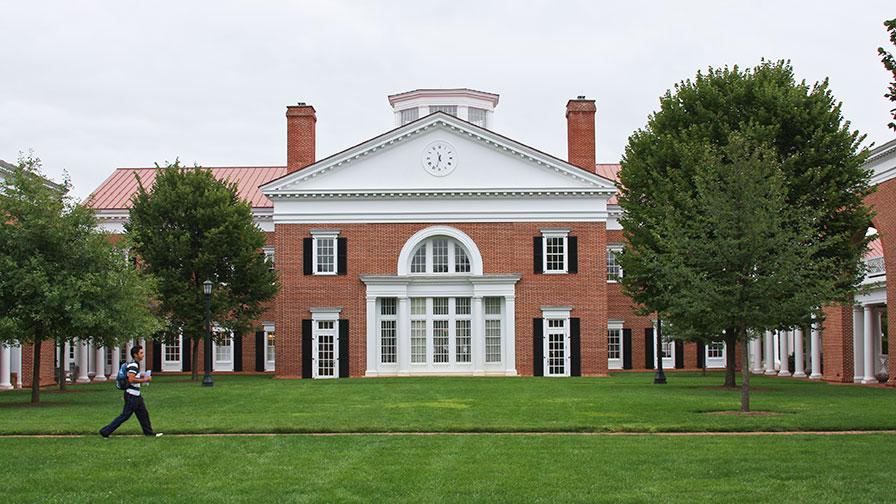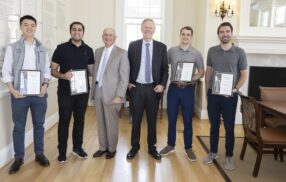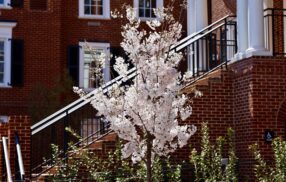
Google’s ‘Semi-Organic’ Strategies for Success
By Dave Hendrick
Good M&A does not come easy.
For every Walt Disney Co.-buying-Pixar success story, there are countless examples of corporate acquisitions that fail, often spectacularly so.
The reasons for these ultimately unhappy marriages are many and varied, often involving ill-conceived strategy, poor economics and discordant integration.
Of course, the difficulty in getting acquisitions right does not stop the attempts, and the value of global M&A activity in 2015 is on pace to set the all-time record previously set in 2007, according to George Geis, a fellow at the University of Virginia Darden School of Business’s Batten Institute for Entrepreneurship and Innovation and a professor at the UCLA Anderson School of Management.
However, one company with a track record of aggressive M&A has become curiously quiet while its peers have been on a spree. Google, which has always seen M&A as a critical component of its growth plans and bought at least 35 companies in 2014, has made just nine acquisitions in 2015, none of them material.
Geis said the reason for the company’s newly deliberate pace is simple: Google management now believes many private tech companies are overvalued.
Speaking at an event sponsored by the Darden Entrepreneurship and Venture Capital Club on 17 September, Geis, the author of the recently published Semi-Organic Growth: Tactics and Strategies Behind Google’s Success — a book supported in part by a Batten Fellowship — predicted the company would pick up its M&A pace in 2016 once valuations declined.
Certainly, the company has no shortage of recent acquisitions to continue to integrate and build on, having acquired more than 150 companies in its relatively short existence. That voracious appetite makes Google “the richest lab to experiment with what it means to integrate,” Geis said.
The model that appears to have imprinted itself into Google’s corporate ethos is one Geis terms “semi-organic growth.”
Unlike organic growth, in which a business grows by increasing its own competencies and capabilities, or inorganic growth, in which a company grows via acquisition — and usually sale — of another company’s products, semi-organic growth represents a merging of the two.
Google has become masterful at adding talent and technology from acquisitions and then using its own resources and culture to accelerate the potential of the acquired properties.
The growth is often generated by what Geis called “acqui-hires,” in which the acquired talent is immensely valued and put in an environment where Google believes new hires can quickly grow new products or services.
Google is “obsessed” with keeping key personnel after most mergers, Geis said, often doling out generous stay bonuses for new employees.
Geis said this model of “blending together to fuel rapid growth” began with its purchase of Applied Semantics in 2003. The small advertising technology company’s AdSense platform became a behemoth under Google’s watch, with Applied Semantics patents, people and technology playing critical roles in making the entire Web a canvas for Google-delivered ads.
Purchased for $102 million in 2003, Applied Semantics was directly responsible for $13 billion in revenue over the ensuing 10 years, according to Geis.
It is no wonder the company never stopped trying to replicate that semi-organic model.
The University of Virginia Darden School of Business prepares responsible global leaders through unparalleled transformational learning experiences. Darden’s graduate degree programs (MBA, MSBA and Ph.D.) and Executive Education & Lifelong Learning programs offered by the Darden School Foundation set the stage for a lifetime of career advancement and impact. Darden’s top-ranked faculty, renowned for teaching excellence, inspires and shapes modern business leadership worldwide through research, thought leadership and business publishing. Darden has Grounds in Charlottesville, Virginia, and the Washington, D.C., area and a global community that includes 18,000 alumni in 90 countries. Darden was established in 1955 at the University of Virginia, a top public university founded by Thomas Jefferson in 1819 in Charlottesville, Virginia.
Press Contact
Molly Mitchell
Associate Director of Content Marketing and Social Media
Darden School of Business
University of Virginia
MitchellM@darden.virginia.edu





